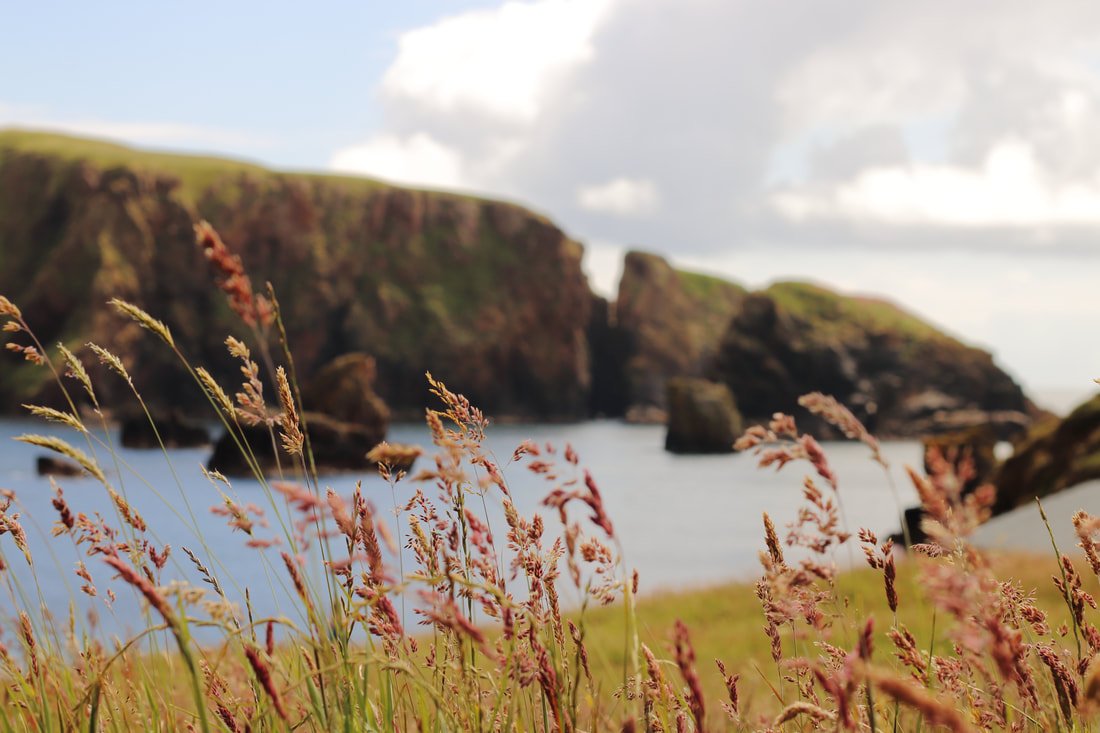Walking in Shetland and understanding the Outdoor Access Code
In this show, we delve into the Scottish Outdoor Access Code and consider how we can access the outdoors safely and responsibly.
Shetland is a walker’s paradise; with long swathes of uninterrupted coastline, peaty moorlands, heathery hills and inland lochs offering something for all walkers who come here to enjoy the spectacular scenery. While we want you to enjoy every inch of our beautiful islands, we also want you to stay safe.
In Scotland, and Shetland, people have the freedom to roam and most areas are accessible through the Scottish Outdoor Access Code, but you must do this responsibly.
I come to this topic with no crofting background, I’m from a fishing family, but I enjoy long walks in the country and I too love to visit Shetland’s beauty spots. But, with this there comes a caveat; I – and we collectively – must do this responsibly.
It is our collective responsibility to ensure that we look after nature. And the overriding message is that our countryside is not a playground; it’s a habitat, it’s a workplace and it is incredibly fragile and susceptible to change.
There is often an idea that, in a small place like Shetland, walkers will not come into difficulty or become lost; this is a misconception, and with the best will in the world, walkers are often caught unaware as low cloud or mist roll in off the sea reducing visibility and making it difficult to find the route back to safety. In this episode, I touch on ways that you can stay safe while out-and-about.
If you do find yourself in an emergency situation or spot someone else in trouble, you should call 999 and ask for the coastguard.
Links:
Scottish Outdoor Access Code
Promote Shetland’s Walking Page
What3Words app
A walk to Hermaness in Unst
A walk to Culswick Broch, West Mainland
A walk to Deepdale, West Mainland
A walk to Burland Broch, South Mainland
A walk to Stanydale Temple, West Mainland
---
You can support this podcast and help me bring more of them to you via Patreon.




